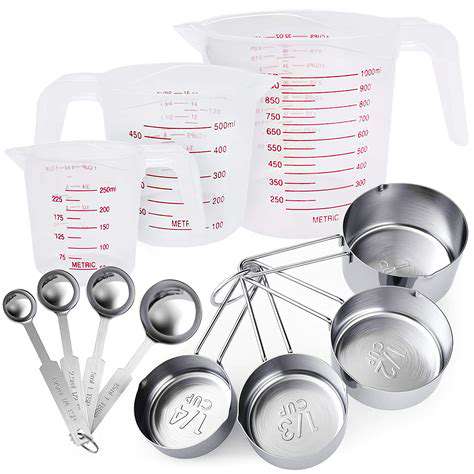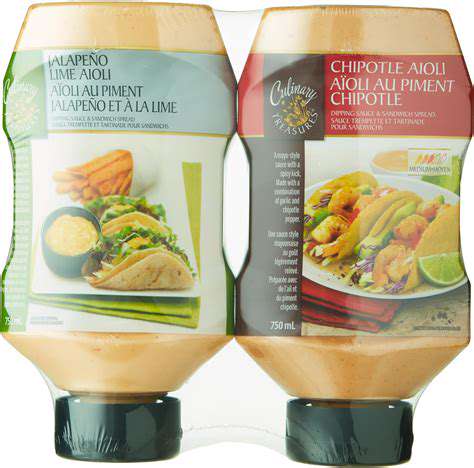Healthy Lunch Ideas for Kids
Boosting Energy Levels with Protein-Packed Lunches
Protein Power for Peak Performance
Protein-rich lunches are crucial for kids' energy levels throughout the afternoon. A substantial dose of protein in their lunch helps them stay focused in class, participate actively in after-school activities, and even improve their mood. This sustained energy prevents the mid-afternoon slump that can hinder concentration and lead to irritability. By fueling their bodies with protein, you're setting them up for a more productive and enjoyable afternoon.
Including protein sources like lean meats, poultry, fish, eggs, beans, lentils, or nuts in their lunchboxes is essential. These foods provide the building blocks for their bodies to repair and rebuild tissues, supporting their growth and development. A protein-packed lunch also helps regulate blood sugar levels, preventing those energy spikes and crashes that can leave kids feeling sluggish.
The Importance of Balanced Meals
A balanced lunch goes beyond just protein. It's about incorporating a variety of nutrients to ensure complete nourishment. Pairing protein with complex carbohydrates, healthy fats, and plenty of fruits and vegetables creates a complete meal that satisfies their hunger and provides sustained energy. This multifaceted approach fuels their bodies with the vitamins, minerals, and fiber needed for optimal health and well-being.
Carbohydrates provide the body with quick energy, while healthy fats help with nutrient absorption and satiety. A well-rounded lunch, therefore, gives kids the best chance of staying energized and focused throughout the day. The right balance promotes concentration and learning, crucial for their academic success.
Delicious Protein-Rich Options
There are numerous delicious and kid-friendly options for protein-packed lunches. Grilled chicken salad wraps, tuna salad sandwiches on whole-wheat bread, or lentil soup with a side of whole-grain crackers are all excellent choices. Even incorporating protein-rich dips with veggie sticks can be a fun and healthy way to boost their protein intake.
Don't underestimate the power of eggs! Hard-boiled eggs, scrambled eggs, or an omelet are convenient and nutritious. They are also fantastic additions to salads or sandwiches.
Easy Meal Prep Strategies
Meal prepping for kids' lunches can save time and ensure healthy choices. Preparing ingredients like chopped vegetables, cooked grains, or protein sources in advance allows you to assemble lunches quickly and efficiently. This proactive step reduces the likelihood of grabbing quick, less nutritious options when time is tight.
Creative Lunchbox Ideas
Get creative with your kids' lunchboxes! Use colorful containers, fun dividers, and appealing presentation methods to make their lunches more enticing. Involve your child in the process by letting them help choose and prepare some items. This not only makes mealtimes more enjoyable but also fosters healthy eating habits. A visually appealing and interesting lunch can greatly encourage consumption and ensure they're getting the nutrition they need.
Fun and Engaging Food Choices
Involve your children in the selection of healthy foods. Let them choose between different fruits, vegetables, or protein sources. This fosters a sense of ownership and encourages them to try new things. Prepare fun snacks like fruit skewers or vegetable sticks with hummus, providing variety and encouraging healthy choices.
Snacks to Boost Energy Between Meals
Don't forget the importance of healthy snacks between meals. These can help sustain energy levels and prevent hunger pangs that might lead to unhealthy choices. A handful of nuts, a piece of fruit, or a small portion of yogurt can be perfect mid-morning or mid-afternoon snacks to keep your child's energy levels consistent and their focus sharp. These small, healthy snacks help maintain their energy throughout the day, ensuring they stay focused and engaged.
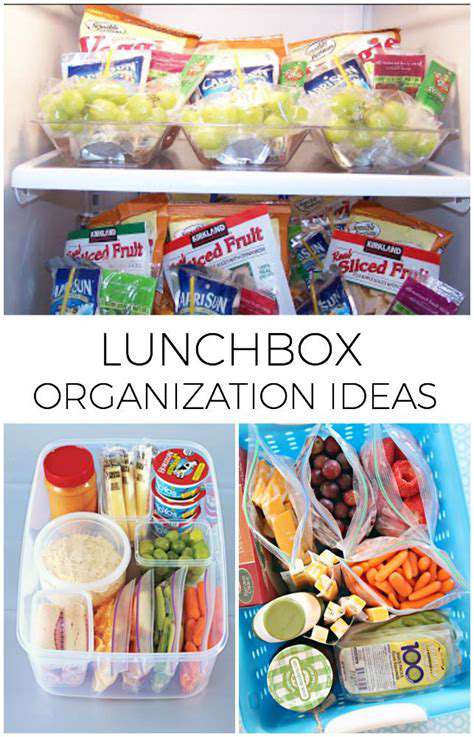

Read more about Healthy Lunch Ideas for Kids
Hot Recommendations
- Traditional Foods for Day of the Dead
- Food Etiquette in Italy: Pasta Rules!
- Best Family Friendly Restaurants with Play Areas in [City]
- Review: The Best [Specific Dessert] Place in [City]
- Top Ice Cream Parlors in [City]
- Traditional Foods for Halloween
- The History of the Potato in Ireland
- Best Vegan Pizza Joints in [City] [2025]
- Best Bakeries for Sourdough Bread in [City]
- Food Culture in Argentina: Asado and Wine
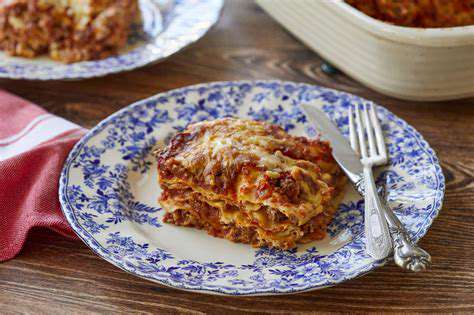
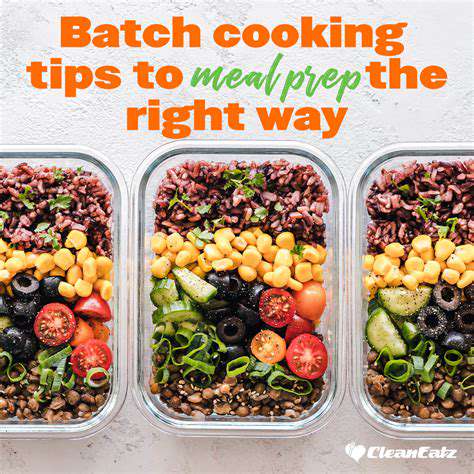


![Best Mexican Restaurants in [City]](/static/images/28/2025-05/FineDiningMeetsMexicanFlair3AAnElevatedCulinaryExperience.jpg)
![Best Vegetarian Restaurants in [City]](/static/images/28/2025-05/LocalFavoritesandHiddenGems.jpg)


